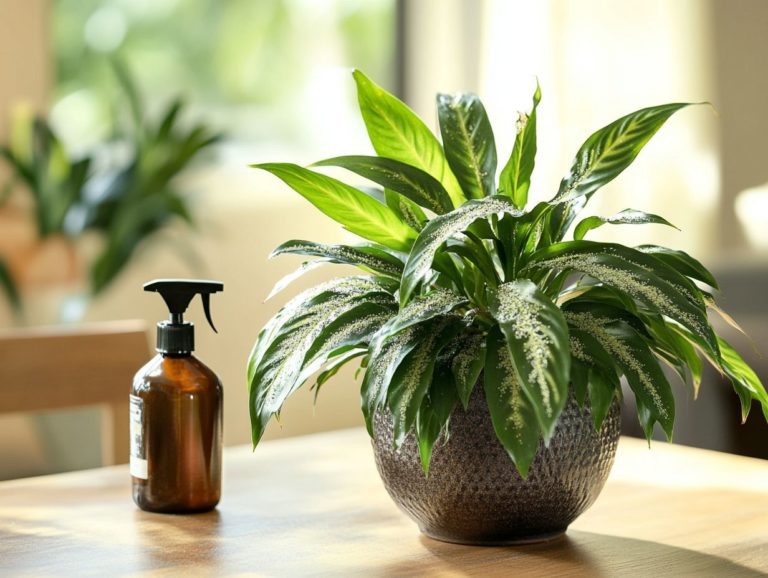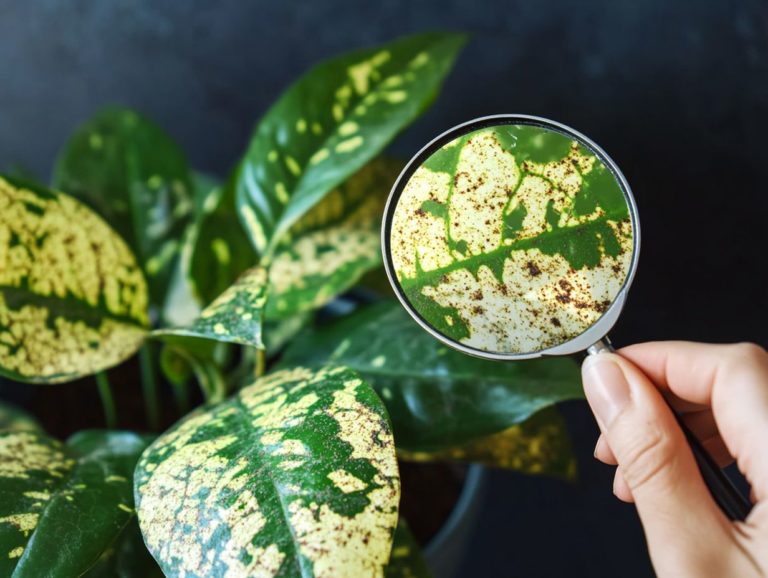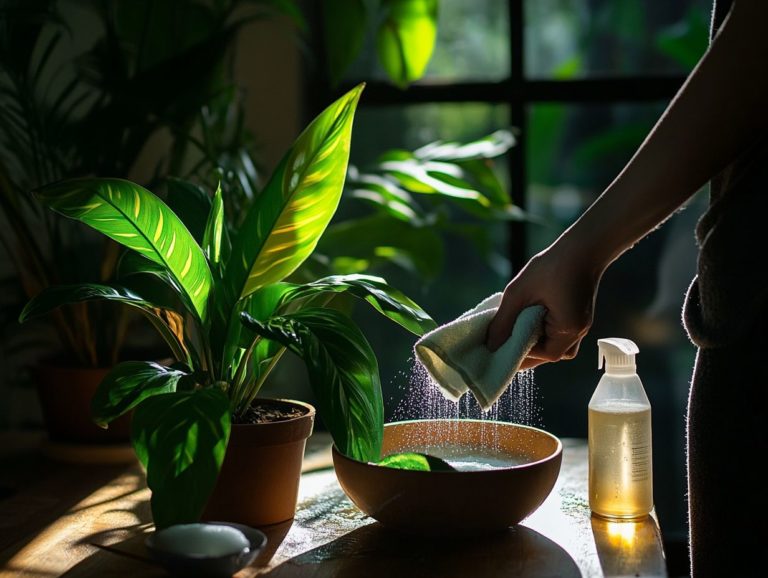The Connection Between Watering and Pests
Watering your plants may seem like a simple task, but the way you approach it can profoundly influence pest activity in your garden.
Over-watering can create a haven for unwanted insects. This may lead to infestations that threaten your plants.
This article delves into the intricate relationship between your watering practices and pest-related challenges. You’ll learn about common pests that are drawn to excess moisture and discover effective watering techniques designed to keep your garden thriving.
It also covers natural and chemical-free pest control methods, ensuring that your plants flourish in a healthy environment.
Discover how small changes in your watering routine can make a big difference!
Contents
- Key Takeaways:
- Understanding Watering and Pest Infestation
- Common Pests Attracted by Over-Watering
- Preventing Pests through Proper Watering Techniques
- Alternative Methods for Pest Control
- Frequently Asked Questions
- What is the connection between watering and pests?
- How does over-watering contribute to pest problems?
- Which types of pests are commonly attracted to over-watered plants?
- Can under-watering also lead to pest problems?
- What are some signs of over-watering that may indicate a potential pest issue?
- How can proper watering techniques help prevent pest problems?
Key Takeaways:
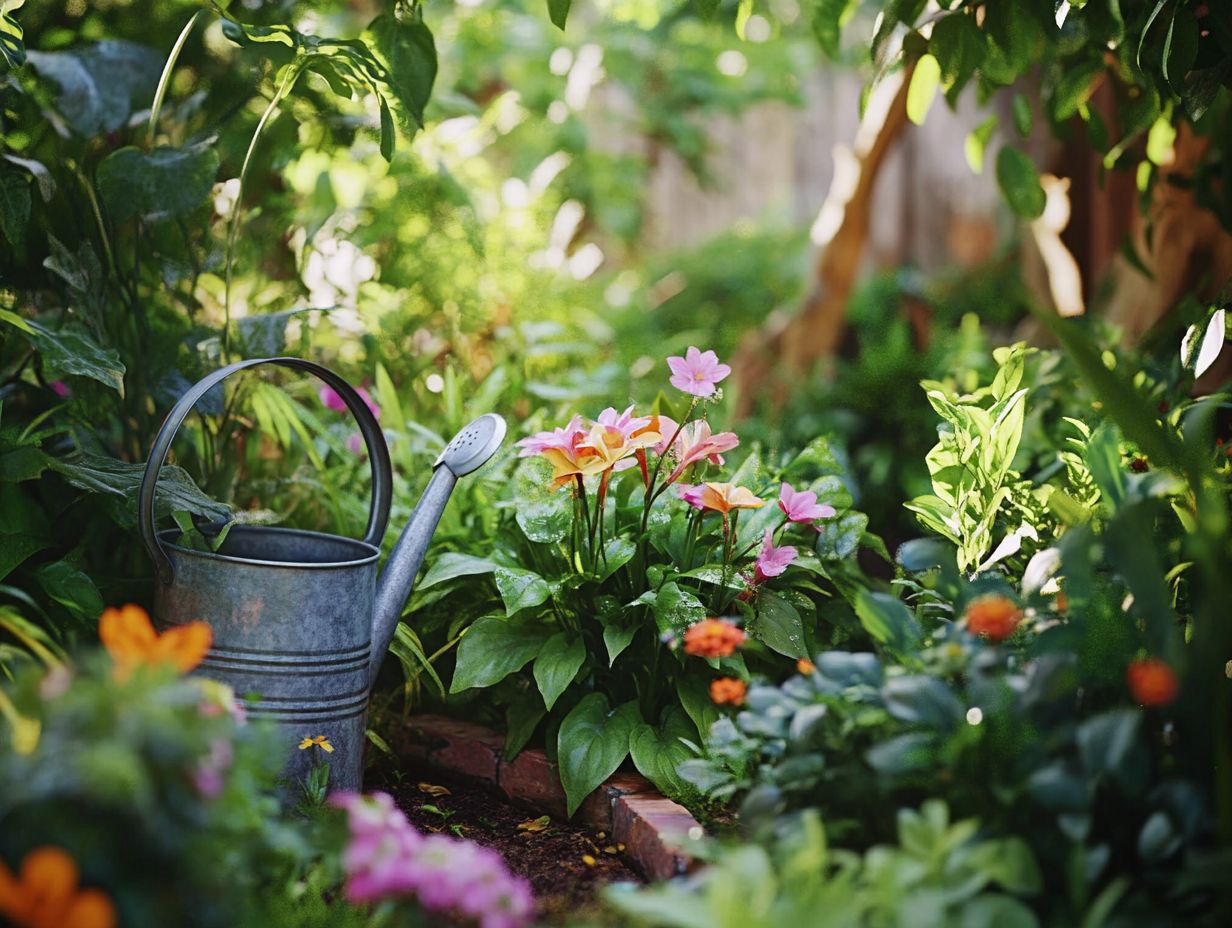
- Too much water invites pests to your garden, as excess moisture attracts them and encourages their activity.
- Common pests like mosquitoes, termites, and cockroaches thrive in wet environments and can be controlled by addressing water sources.
- Proper watering techniques, such as watering at the base of plants and avoiding standing water, can help manage pest infestations without chemicals.
Understanding Watering and Pest Infestation
Understanding the intricate relationship between your watering practices and pest infestation is essential for maintaining lush, healthy gardens. Proper moisture management is pivotal for plant health; it not only affects growth but also plays a significant role in pest presence.
Overwatering can cause a host of problems, such as waterlogged lawns and increased vulnerability to fungal diseases. Insufficient watering can weaken your plants, reducing their natural defenses against pests. Balancing moisture levels is key to fostering a thriving outdoor environment.
How Watering Practices Affect Pest Activity
Your watering practices play a crucial role in shaping pest activity, with the timing and volume of water significantly influencing the prevalence of insect pests in your gardens and lawns.
Excessive moisture, especially from overwatering, creates ideal habitats for pests like aphids and encourages fungal diseases. This is particularly important during the warmer months when humidity is already rising; a damp environment becomes a breeding ground for these unwelcome visitors.
As seasons shift, adjusting your moisture management strategies is essential. In spring, ensuring your plants are adequately hydrated without becoming waterlogged can help curb the rise of insect populations. Conversely, regulating moisture in the fall can prevent the spread of fungal spores, ultimately fostering a healthier ecosystem in your garden.
Common Pests Attracted by Over-Watering
Overwatering can create a host of issues in your turfgrass and gardens, inviting pests like aphids and springtails that flourish in overly moist environments.
These pests can harm your plants, stunting their growth and jeopardizing their health.
Identifying and Managing Pest Infestations
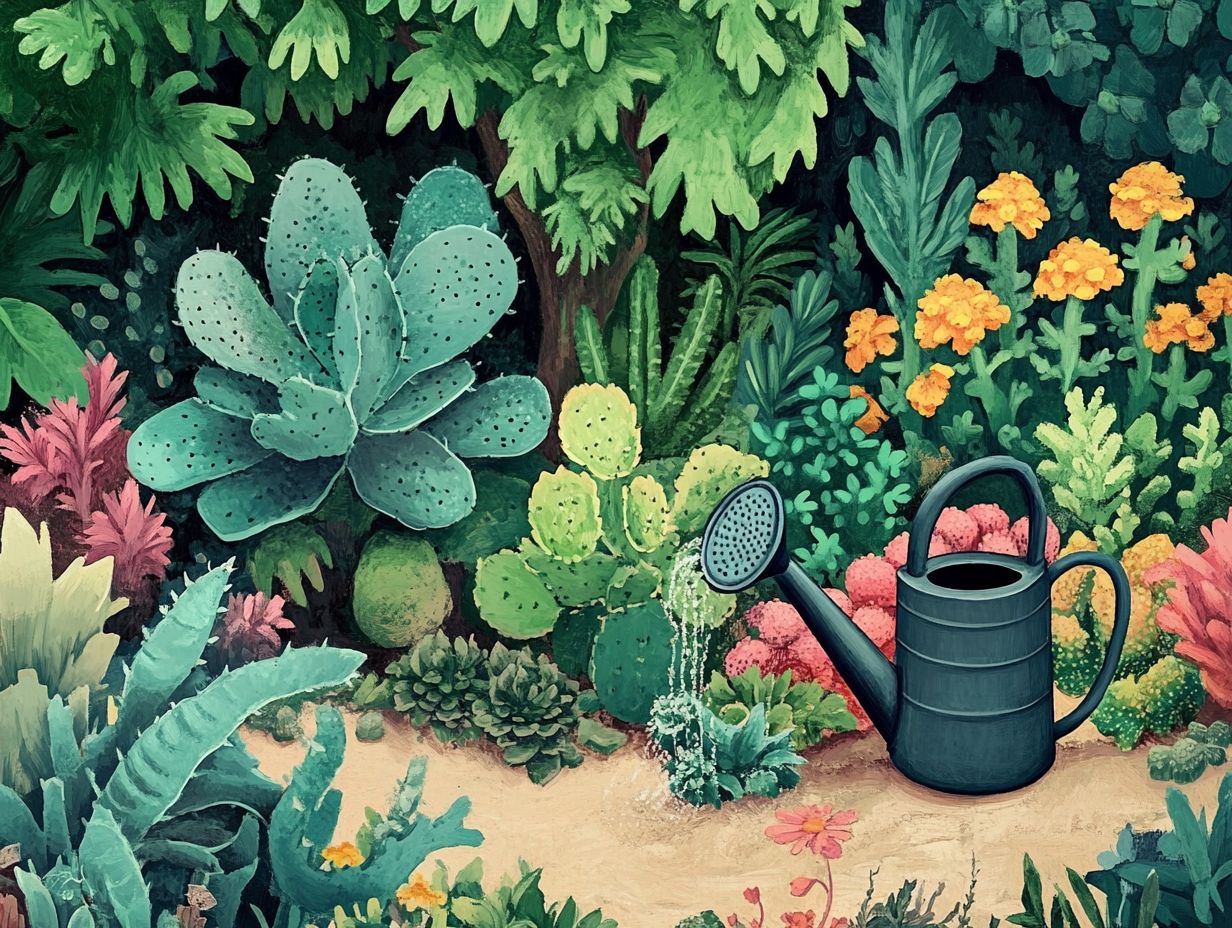
Identifying and managing pest infestations is crucial for maintaining a vibrant garden, particularly when dealing with pests attracted by excess moisture.
Start your journey of early detection with a meticulous inspection of both your plants and soil. Look for signs that might indicate trouble, such as discolored leaves, wilting, or unusual spots. Don’t overlook the soil check for any strange burrowing or droppings that could signal pest activity.
Once you ve spotted these indicators, you can use a variety of pest control strategies. Chemical treatments can be effective but should be used sparingly, as they may inadvertently harm beneficial insects. On the other hand, natural remedies, such as introducing predator insects or applying neem oil (a natural pesticide), provide eco-friendly alternatives.
By emphasizing a balanced pest control approach, you foster a strategy that prioritizes the health of your plants and the surrounding ecosystems.
Preventing Pests through Proper Watering Techniques
Preventing pests through effective watering techniques is a proactive strategy that enhances plant health and boosts disease resistance. This approach reduces your reliance on conventional pesticides.
By optimizing your irrigation methods, you can cultivate an environment that naturally deters pest infestations. This fosters a robust and thriving landscape.
Best Practices for Watering to Avoid Pests
Implementing best practices for watering can greatly diminish pest infestations while fostering a thriving garden environment.
Watering in the early morning helps your plants get the moisture they need. This practice prevents damp foliage overnight, which attracts unwanted pests.
Using strong water sprays is another effective approach. It dislodges dirt and evicts any invasive insects that may be hiding.
Maintaining proper soil drainage is crucial. It allows excess water to escape and prevents the soil from becoming a breeding ground for pests. These practices work together to nurture plant health while discouraging conditions that favor pest proliferation.
Alternative Methods for Pest Control
Exploring alternative methods for pest control is increasingly favored by those seeking chemical-free solutions that are both effective and environmentally friendly.
Techniques such as incorporating organic matter and using boiling water can disrupt pest populations while preserving beneficial insects and the delicate balance of the surrounding ecosystem.
Natural and Chemical-Free Solutions
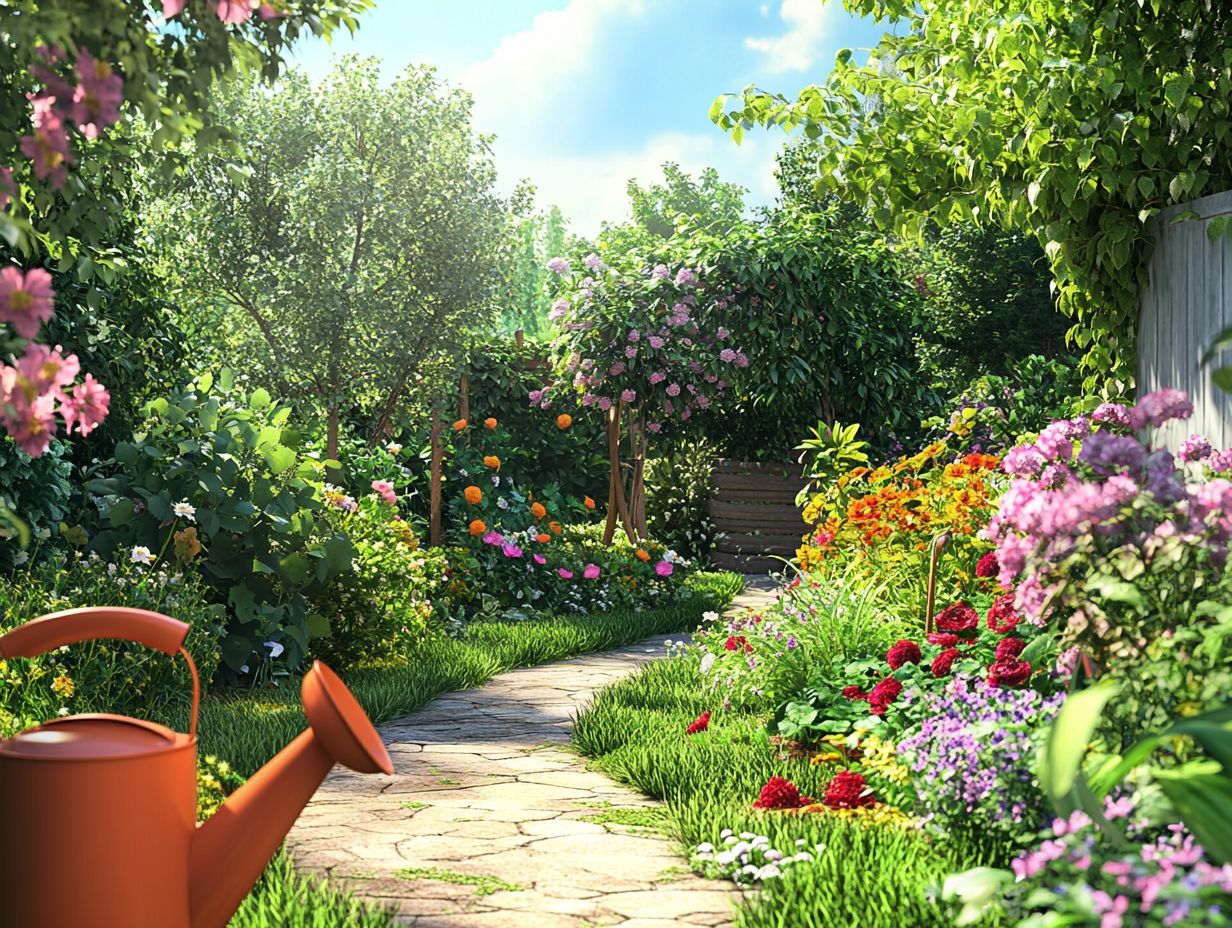
Natural pest control solutions are not just effective; they’re better for the environment and your garden! These approaches provide numerous benefits, including a reduced environmental impact and enhanced sustainability.
By adopting innovative techniques like the coffee can method, where simple containers filled with bait attract and trap pests, you can manage infestations effectively without resorting to harmful chemicals.
Incorporating organic matter into your soil improves its overall health. It enhances nutrient availability and helps deter pests by fostering beneficial microorganisms that naturally combat harmful ones.
These practices are essential components of a way to prevent pests using various methods together, focusing on long-term sustainability and maintaining the ecological balance of your gardening environment.
Frequently Asked Questions
What is the connection between watering and pests?
Excess moisture in plants can attract various types of pests, increasing susceptibility to infestations.
How does over-watering contribute to pest problems?
Over-watering creates a hospitable environment for pests, leading to damp and humid conditions ideal for pest breeding and growth.
Which types of pests are commonly attracted to over-watered plants?
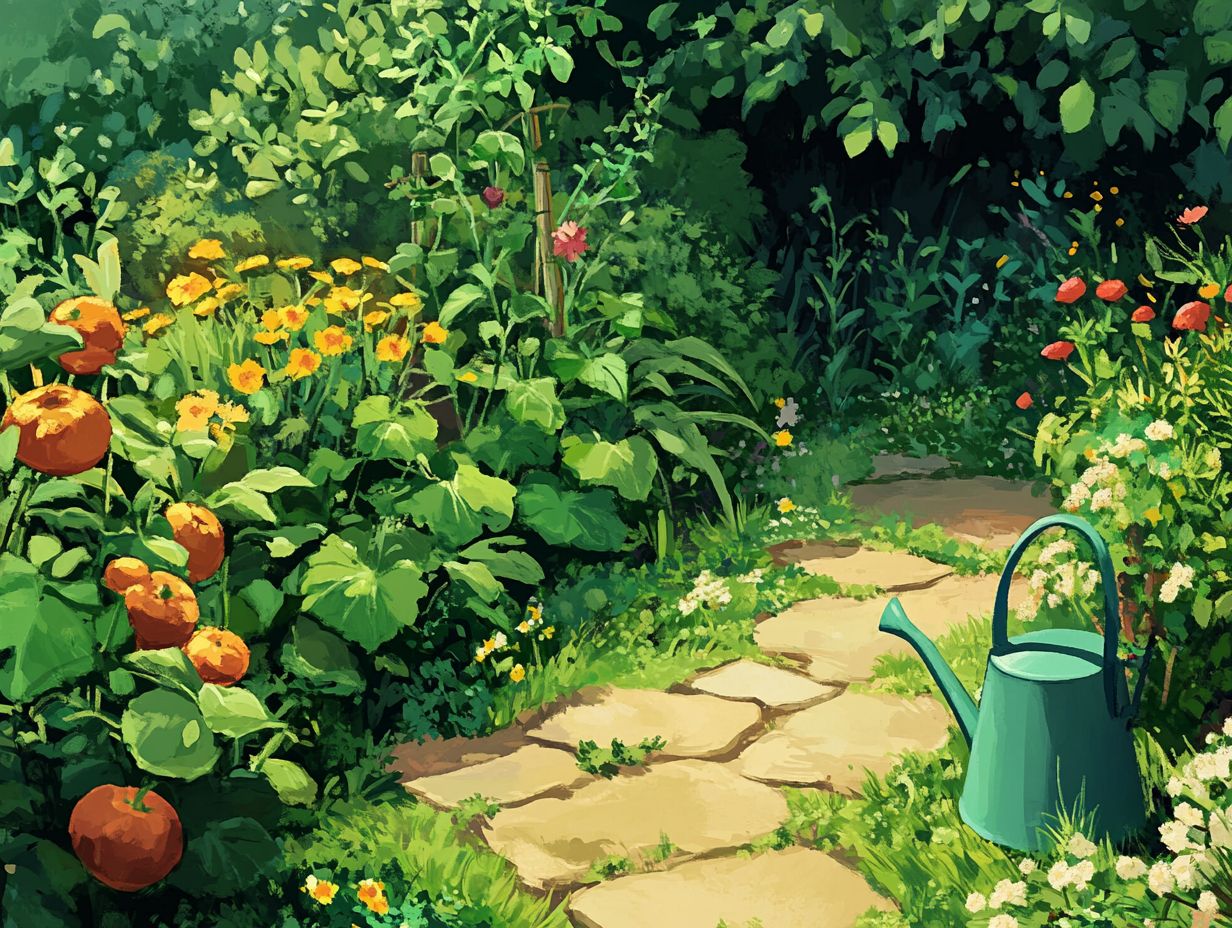
Common pests attracted to over-watered plants include fungus gnats, root aphids, and spider mites.
Can under-watering also lead to pest problems?
Yes, under-watering stresses plants and weakens their natural defense mechanisms, making them more susceptible to infestations.
What are some signs of over-watering that may indicate a potential pest issue?
Signs of over-watering that may indicate a pest problem include wilting leaves, yellowing or browning of plant leaves, and increased pest activity around the plant.
How can proper watering techniques help prevent pest problems?
Proper watering techniques, such as allowing soil to dry out between watering and avoiding over-watering, create a less hospitable environment for pests and help prevent infestations.

